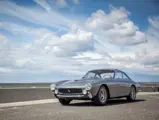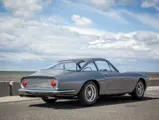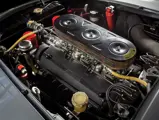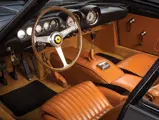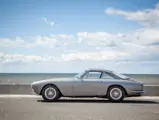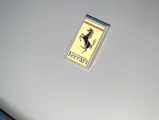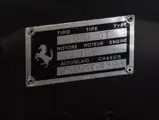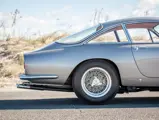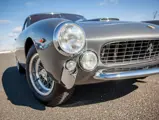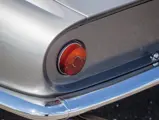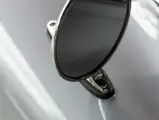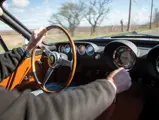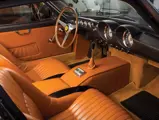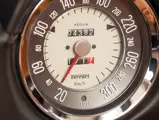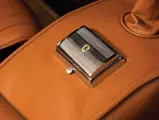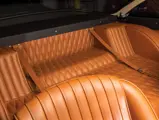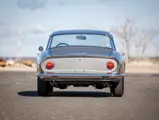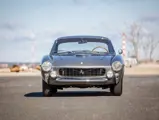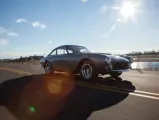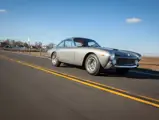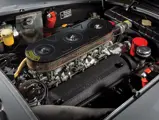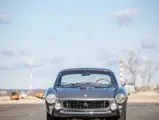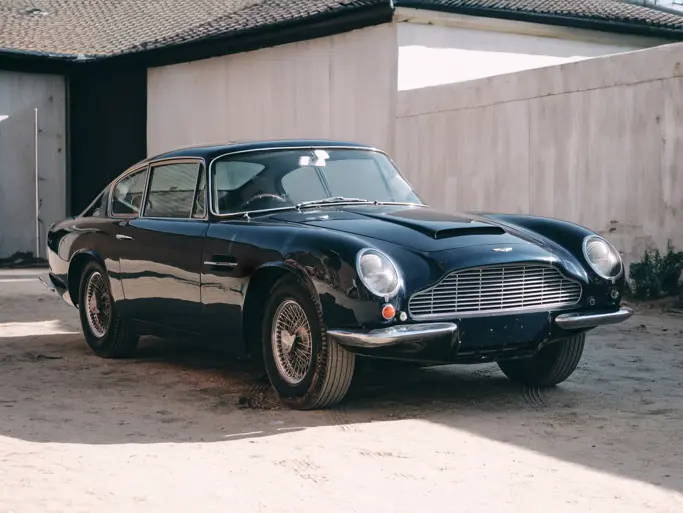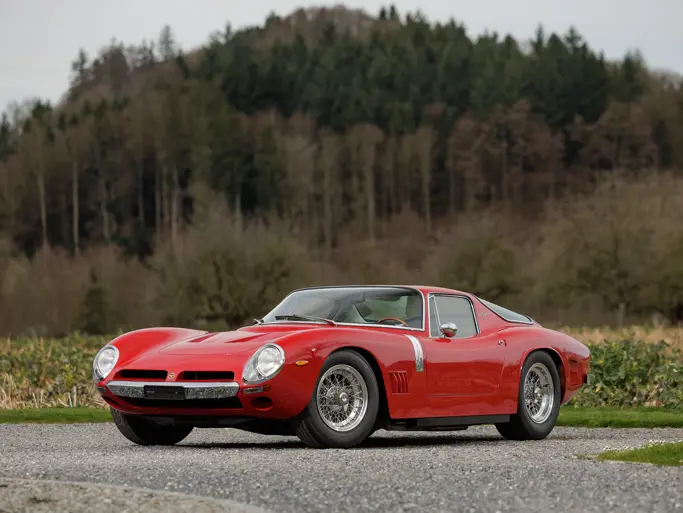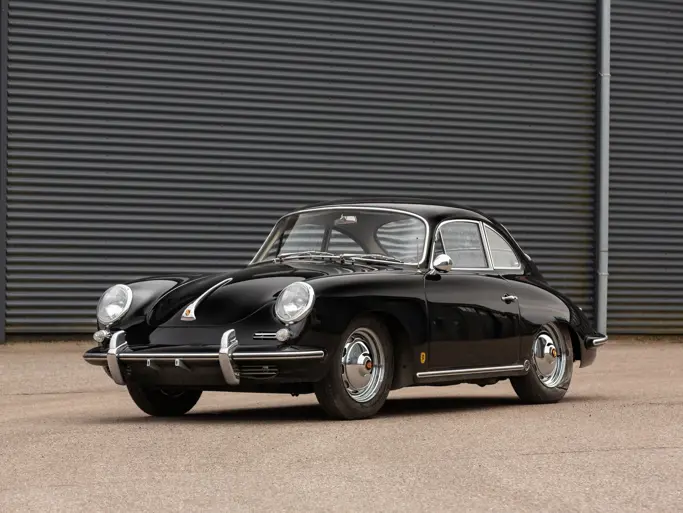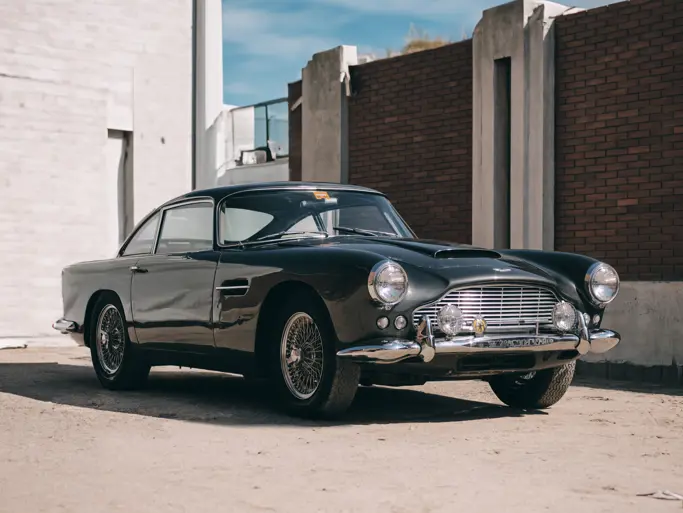Monterey 2015
1963 Ferrari 250 GT/L Berlinetta 'Lusso' by Scaglietti
{{lr.item.text}}
$1,815,000 USD | Sold
 | Monterey, California
| Monterey, California
{{internetCurrentBid}}
{{internetTimeLeft}}

- The 21st of only 350 examples produced
- Comprehensive restoration completed in 2011
- Original matching-numbers engine; Ferrari Classiche certified
250 bhp, 2,953 cc SOHC V-12 engine with three Weber carburetors, four-speed manual gearbox, independent front suspension with unequal-length A-arms and coil springs, live rear axle with semi-elliptical leaf springs and parallel trailing arms, and four-wheel hydraulic disc brakes. Wheelbase: 94.5 in.
Few Ferrari road cars have proven to be as charismatic as the 250 GT/L Berlinetta, also known as the Lusso. The ultimate luxury iteration of the long-running 250 GT platform, the Lusso was introduced at the 1962 Paris Motor Show and immediately stood out from its predecessors with supremely elegant Pininfarina-designed and Scaglietti-built coachwork. Heralded as one of the most timeless body designs ever conceived, the Lusso brilliantly reconciled curvaceous fenders and a sporty Kamm tail, complemented by a roomy cockpit with long front and rear glass panes and minimal brightwork. While the Scaglietti body was fashioned from steel, weight was minimized with the use of aluminum for the hood, doors, and trunk lid.
The Lusso was Ferrari’s luxury grand touring model available between the early Pininfarina coupes and the 275 GTB that followed, and its comfort was ensured by a cabin swathed in leather and a dashboard that featured a radical new instrument arrangement that was never to be duplicated. Five small gauges lay behind the classic wood-rimmed steering wheel, while two large center-placed dials angled towards the driver, aesthetically anchoring the instrument panel in a futuristic manner.
Mechanicals were updated to include standard disc brakes and two rear-suspension developments from the concurrent 250 GTO sports racing car, the integration of concentric springs on the shock absorbers, and a Watts linkage to assist in lateral stability of the rear axle. Over two years of production, approximately 350 examples of the elegant Lusso were built, and the model has matured into perhaps the most universally revered Ferrari grand tourer of the legendary 250 series—a study in sports car perfection.
According to the research of noted Ferrari expert Marcel Massini, chassis 4393 GT is just the 21st example built. The car was originally finished in Amaranto Italver and trimmed with a beige interior of Connolly leather, completed by the factory in March 1963. The following month, the GT/L was sold to Jacques Swater’s Garage Francorchamps, one of the four preferred Ferrari retailers receiving significant factory support (in addition to Luigi Chinetti’s NART, Maranello Concessionaires, and the Garage Filipinetti). By the end of April, the Belgian distributorship resold the car to Luigi Chinetti Motors in Greenwich, Connecticut, and the Ferrari made its way to American shores in the first of several transatlantic journeys.
In 1967, the Lusso was purchased by its first known owner of record, Jochen Di Giorgio, of Sausalito, California, the scenic marina village just north of the Golden Gate Bridge. Passing to Robert White, of Chicago, in 1970, the car was repainted silver-grey metallic and reupholstered in black. Fast forward to the end of the ’80s, when the GT/L had been purchased by Kenneth Evans, of Alabama.
In the early 1990s, chassis number 4393 GT was re-imported to Europe when acquired by Axel Urban, of Hamburg, Germany. The Lusso was then entrusted to Uwe Meissner’s highly regarded Modena Motorsports near Düsseldorf. Mr. Meissner is a certified Ferrari technician who apprenticed at Auto Becker and trained at Maranello, and he is notable for receiving the first factory-backed Formula One Clienti franchise and has specialized in Ferrari service and restoration since 1975. His company’s Modena Trackdays at the Nürburgring has grown to be one of the top Ferrari events of the calendar year. Unfortunately, despite the dedicated investment in the condition and long-term future of the Lusso, the car was not immune from the extreme market corrections of that era’s collector car values, and the owners sold it back to an Alabama-based dealership at a loss.
S&S Imports, of Alabama, advertised the Ferrari in September 1993 on the basis of Mr. Meissner’s work, which included new paint, re-plated brightwork, refurbished Borrani wire wheels, and a fresh Connolly leather interior with new dashboard, carpets, and headliner. Mechanically, the carburetors had been rebuilt, the brake system was overhauled with a new master cylinder, and a new exhaust system had been installed.
In November 1995, the car was purchased in this restored state by Garry Roberts, of Costa Mesa, California, before returning to Europe in 1997 after being acquired by Lex van Tienhoven’s CC Classics in Wassenaar, Netherlands. The car was repainted in silver-grey metallic and then sold to Anthony J. Mak van Waay, of nearby Huizen.
In February 2001, the Ferrari once again came into the care of Modena Motorsports when purchased by Mr. Meissner, who in turn sold it to Belgian collector Dominique Balders. Mr. Balders commissioned the German shop to conduct some further restoration measures, including a complete engine rebuild with GTO-specification pistons, a gearbox overhaul with a taller final drive, uprated brakes, and a new ANSA stainless-steel exhaust. Regularly tended by Modena Motorsports over the next few years, the beautiful 250 GT/L was spotted during the Modena Trackdays at the Nürburgring in July 2003.
By 2006, the Lusso had returned to the United States once more, now owned by Don Heckler, of Annapolis, Maryland. Mr. Heckler displayed the fine Maranello jewel at the 42nd Annual FCA National Field and Driving Concours in Chantilly, Virginia, before selling it a year later to Wayne Carini, the automotive impresario most widely known for hosting the television program Chasing Classic Cars.
Beginning in 2009, Carini’s F40 Motorsports undertook a two-year restoration to factory-correct standards, which also included a fresh repaint in Grigio Ferro with rich, caramel-toned tobacco upholstery. Afterwards, it was shipped to marque specialist Greg Jones, of Stuart, Florida, for final tuning and detailing to show standards. While in Mr. Jones’ care, the Lusso was submitted to the factory for Ferrari Classiche certification and received approval, with the issuance of the important Red Book soon following. Authenticating the car as featuring all of its original components (save for the gearbox, which is of the correct type), the Red Book testifies to the Lusso’s correct presentation and overall authenticity.
Chassis 4393 GT was then purchased by a noted enthusiast of West Hartford, Connecticut, and was presented in January 2011 at the XX Cavallino Classic in Palm Beach, Florida. The current owner acquired the GT/L in January 2012, and he has ensured its continued fine condition with routine attention and climate-controlled storage at Automotive Restorations in Stratford, Connecticut. In preparation for the Lusso’s current availability, Automotive Restorations has carefully gone through the car to ensure that its superb restoration remains fresh in appearance, and it has recently been treated to a major service.
Fitted with correct Michelin XVS tires, this outstanding Lusso is a no-excuses example of Ferrari’s most celebrated luxury 250 GT, featuring a superbly detailed undercarriage and engine bay, extremely handsome color and finish, and a beautiful interior of supple leather and subtly contrasting carpets. Included is also a complete reproduction tool roll and owner’s manual (in Italian, as per original). The car would make a crowning addition to the most discriminating Ferrari collection, as it sensationally epitomizes both Pininfarina’s unequalled design and the mechanical zenith of 250 GT development. Chassis 4393 GT invites Maranello enthusiasts and sports car aficionados of all stripes to indulge the senses. It is quite simply an irresistible example of one of Ferrari’s most important and beautiful road cars, and it is worthy of the attention of tifosi worldwide.

